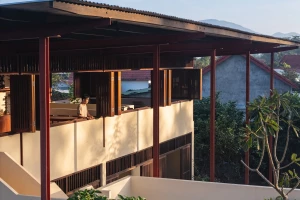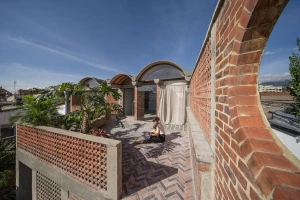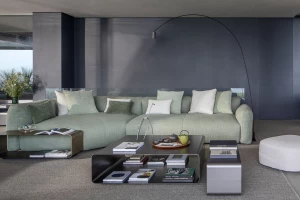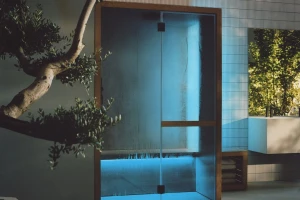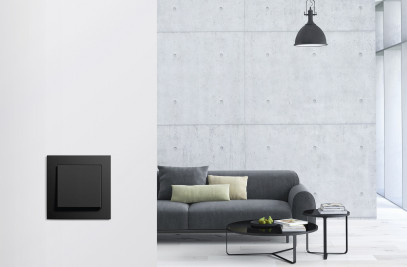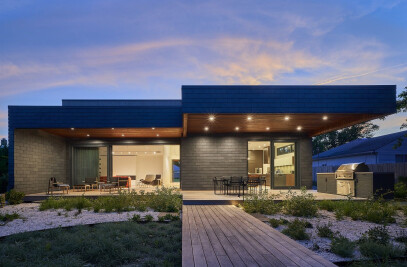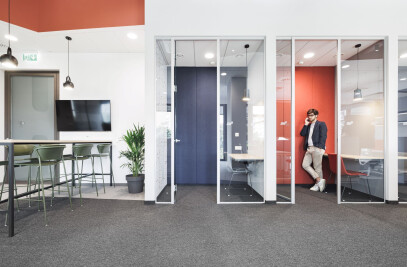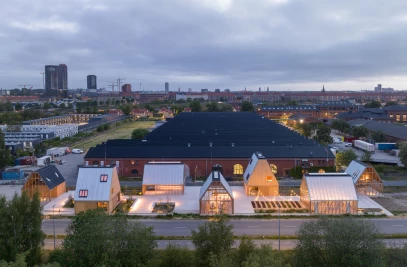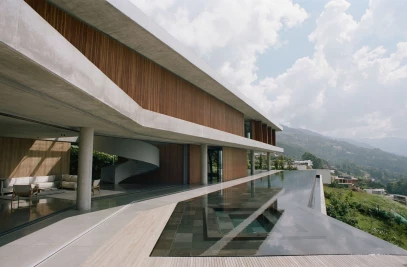The metaverse is the next generation of the internet. It’s also 3D, and very often an immersive experience using augmented or virtual reality. That's the image of the metaverse most people have; resembling something out of a movie.
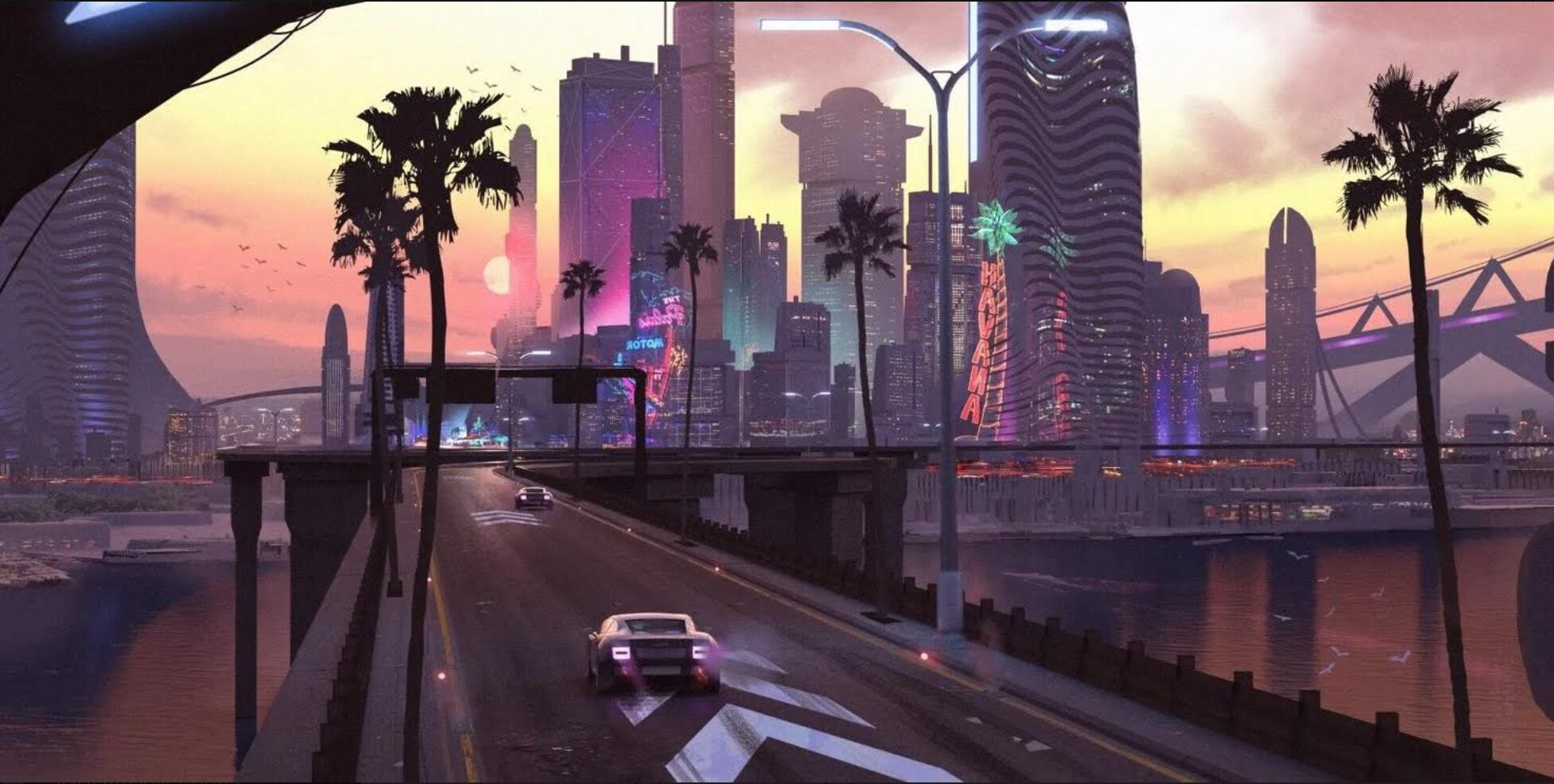
Wilder World is a new metaverse that’s centered around a central city named ‘Wiami’, where residents can own real estate—as penthouses—cars, hover crafts, customize their avatar, and buy, sell, and collect other in-world assets as digital collectibles
In 2022, the metaverse is a network of virtual worlds, most often visited on a desktop or with a headset. But by 2025, Gartner estimates that one-quarter of the world’s population will spend an hour or more a day in the metaverse for everything from meetings to shopping, to socializing—such as for concerts or art events.
Though there isn’t just one metaverse. Individual metaverses, all have their own qualities, aesthetics, advantages, and unique attributes when compared to others. Some are better suited to gaming, others are oriented toward experiencing art, culture, or exercise, and some are even used for fashion shows. The metaverse is experienced using an avatar that allows you to walk around and experience space—and it is the main form of self-expression, which can be customized in its entirety. An avatar doesn’t even have to be human; though, it is possible to buy clothes and shoes for an avatar. You can even own metaverse land and real estate. Some of the biggest names in architecture, including BIG and Zaha Hadid Architects, are all designing buildings in the metaverse. There is a big demand for architects to build in the metaverse.
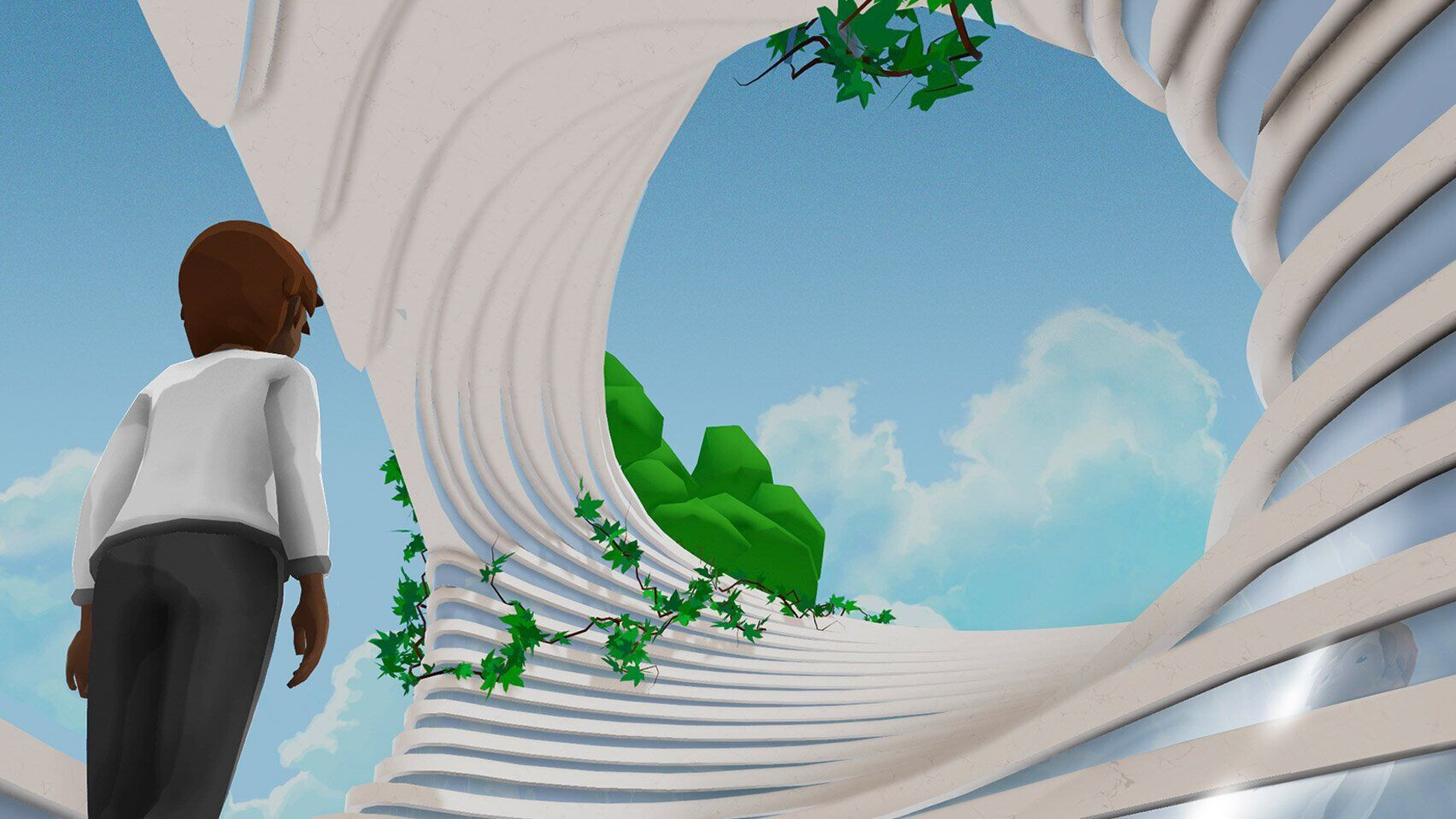
In early-2022, Vice Media announced that the celebrated Danish architecture firm BIG had designed their new headquarters in Decentraland, one of the leading metaverses.
The Metaverse as a blank slate
One of the coolest aspects of the metaverse is that it's still being created—which means that it's open to anyone to explore and create. It’s like a wild west version of the USA in the late 1800s. It's possible to create for the metaverse, by making 3D assets, such as buildings or art, furniture, and fashion. If you can think of it; it can be built in the metaverse: it's like the real world, but without the limitations of real life. Gravity exists in the metaverse, though not the concept of weight; buildings still have columns, yet those columns don't actually support weight on ‘land’. In some metaverses, the land is free, while in others, the land is sold as individual NFTs—meaning you own the land and the right that comes with it. You can easily 'build' a house on your land. However, those houses and other objects, such as fashion, have to be designed. The metaverse is holding an open call for new talent to create its future, as it needs skilled designers and architects, to literally build and shape the metaverse of the future. While the early days of the internet promised a virtual reality 3D-world, the way that the internet is experienced today is largely the way the books and newspapers are read: in 2D.
'The internet became a magazine-like medium instead, the preserve of graphic designers rather than architects. This will change. Cyberspace and the metaverse are now firmly on the agenda', states Patrick Schumacher of Zaha Hadid Architects, on the future of the metaverse.
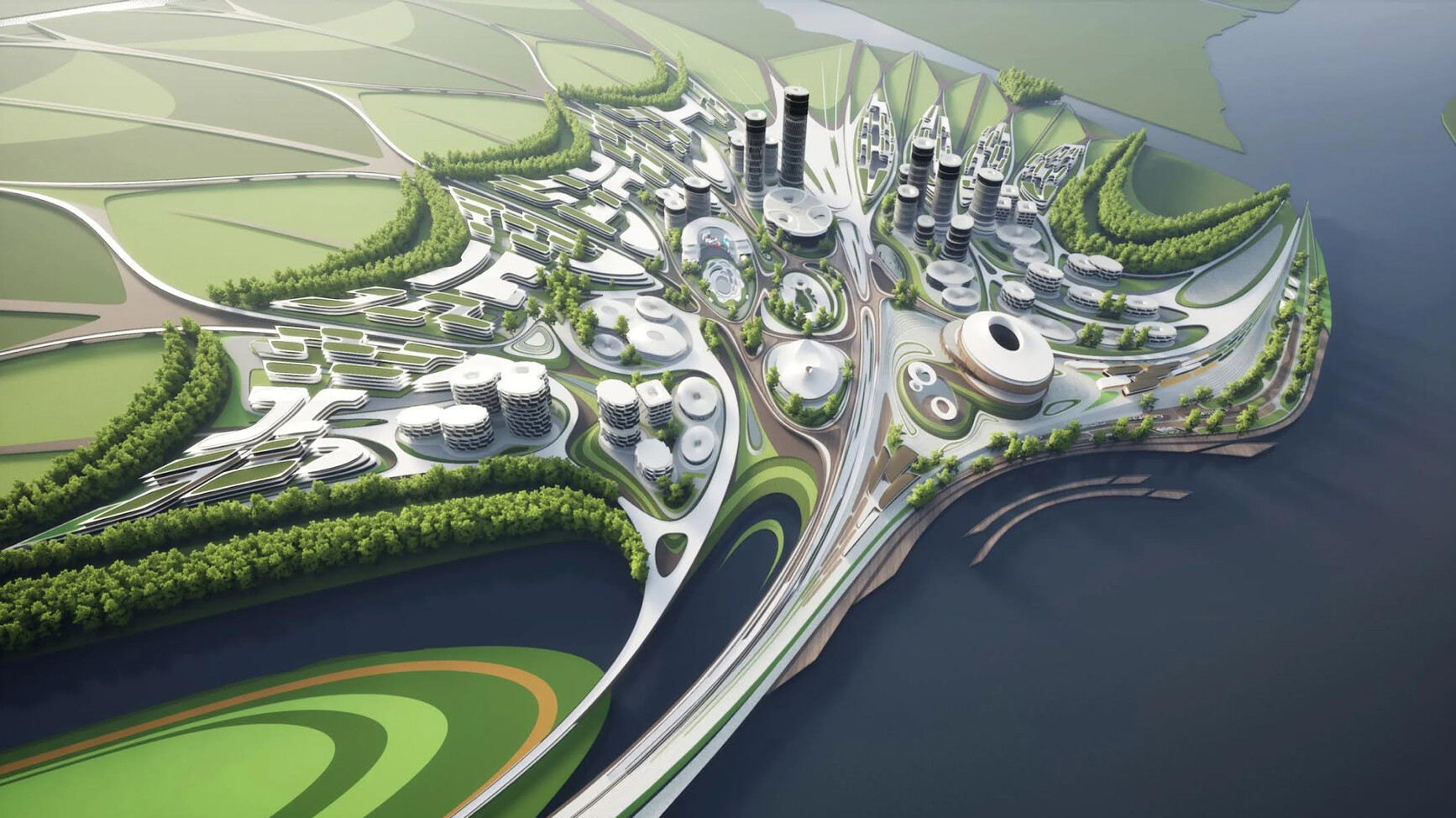
The sinuous architecture of Zaha Hadid Architects is well suited for the metaverse, and the firm is currently in the process of creating their own ZHA-branded metaverse.
How architects enter the metaverse
What will it take for architects to bridge the gap between designing for the metaverse and designing for the built, physical world that surrounds us? This is the uncharted territory that architects and designers need to traverse, to fully utilize the potential that the metaverse holds. It’s still the early days of the metaverse, which means it’s still possible for everyone to have a say in how their corner of it, looks and feels. It’s the next frontier of digital self-expression – with custom avatars, fashion, real estate, and art.
So, how do architects get into the metaverse? Traditional designers and architects are used to creating in the metaverse already; even if they’re not aware of it. Creating a model in any of the widely-used rendering software is half of the effort that designing space within the metaverse requires. The other part is how to distribute the designs of a metaverse architect and designer to those who want to use it. That’s where MetaMundo comes into the picture.

metaEstates_VILLA was designed by Luis Fernandez, an American creative and hybrid architect, and was the second 3D collectible to have been minted by MetaMundo
MetaMundo is a marketplace offering architects, creators, and designers free tooling to convert and optimize their existing models to be ready for use across the major metaverse applications including Roblox and Spatial. These optimized models are then sold directly on MetaMundo to metaverse builders and users.
You can turn your 3D models into metaverse assets today for free all you have to do is click here to work with MetaMundo.
Text: John Bezold







